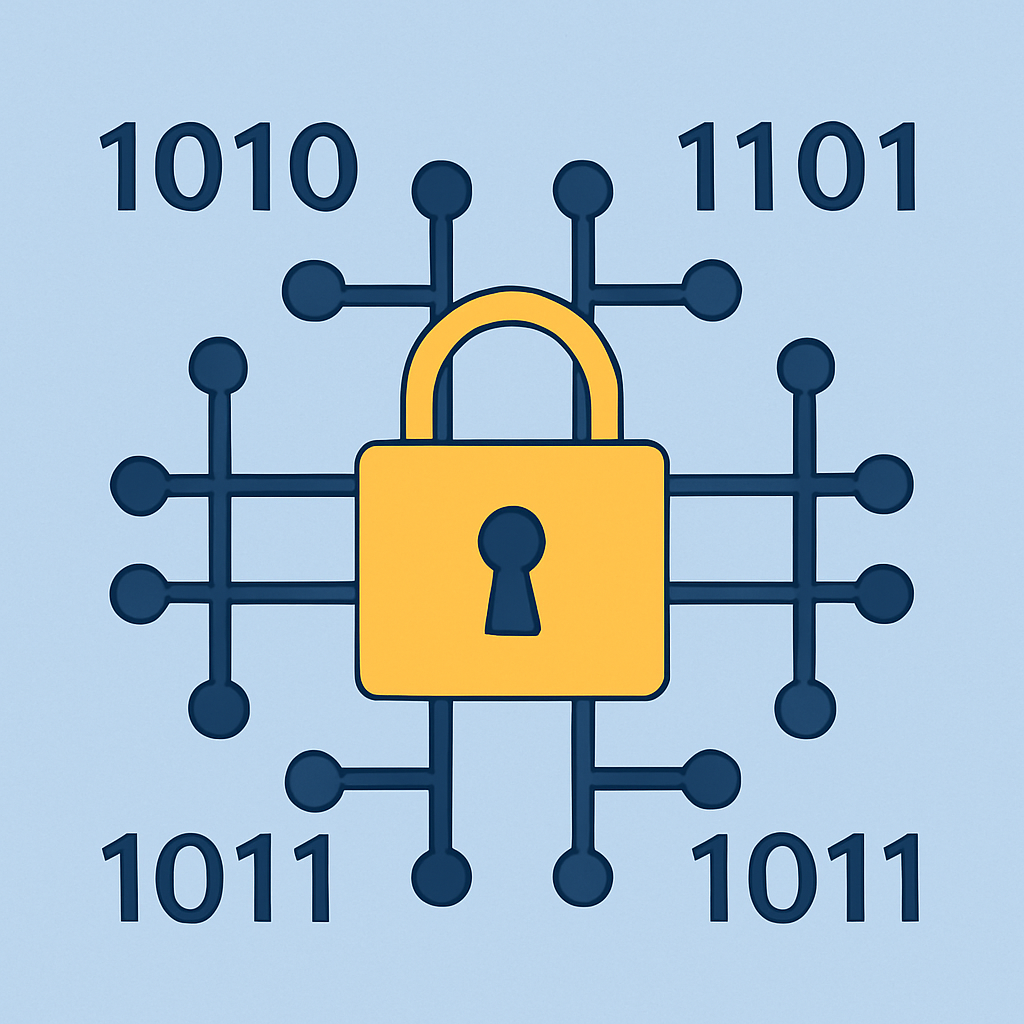What Is Hashing?
Hashing is the process of converting any input data—such as a password or file—into a fixed-length string of characters. Unlike encryption, hashing is one-way: once hashed, you cannot convert the hash back to the original data.
Common Hashing Algorithms
| Algorithm | Length | Use Case | Security (2025) |
|---|---|---|---|
| MD5 | 128-bit | Checksums, legacy systems | ❌ Weak |
| SHA-1 | 160-bit | Old certificates | ⚠️ Deprecated |
| SHA-256 | 256-bit | Passwords, blockchain | ✅ Secure |
| SHA-3 | 256-bit+ | Future-proof hashing | ✅ Highly Secure |
Hashing vs. Encryption
Unlike encryption, hashing is irreversible. This makes it ideal for data verification and password storage. Here’s a quick comparison:
When to Use Hashing
- ✅ Storing passwords securely in databases
- ✅ Ensuring file integrity (checksums)
- ✅ Blockchain transaction validation
- ✅ Detecting duplicate files
Good vs. Bad Hashing Practices
Hashing with salt (random data) prevents attackers from using precomputed rainbow tables. Adding a pepper (a system-wide secret) makes brute-force attacks even harder.
Try Hashing Online
Want to experiment with secure hashing? Use our Free Hashing Tool Generator Now
To hash passwords, strings, or entire files instantly.
Choose from MD5, SHA-1, SHA-256, or SHA-3.
Conclusion
Hashing is fundamental to data security in 2025. Whether you're a developer, IT admin, or privacy-conscious user, understanding how to use secure hashing algorithms is a must. Always choose strong hashes and avoid deprecated ones like MD5 or SHA-1.
Hashing Recap:
- ✅ Use SHA-256 or SHA-3
- ✅ Add salt and pepper for password storage
- ✅ Avoid MD5 and SHA-1
- ✅ Use hashing for data validation and security
- ✅ Try our Hash Generator Tool
